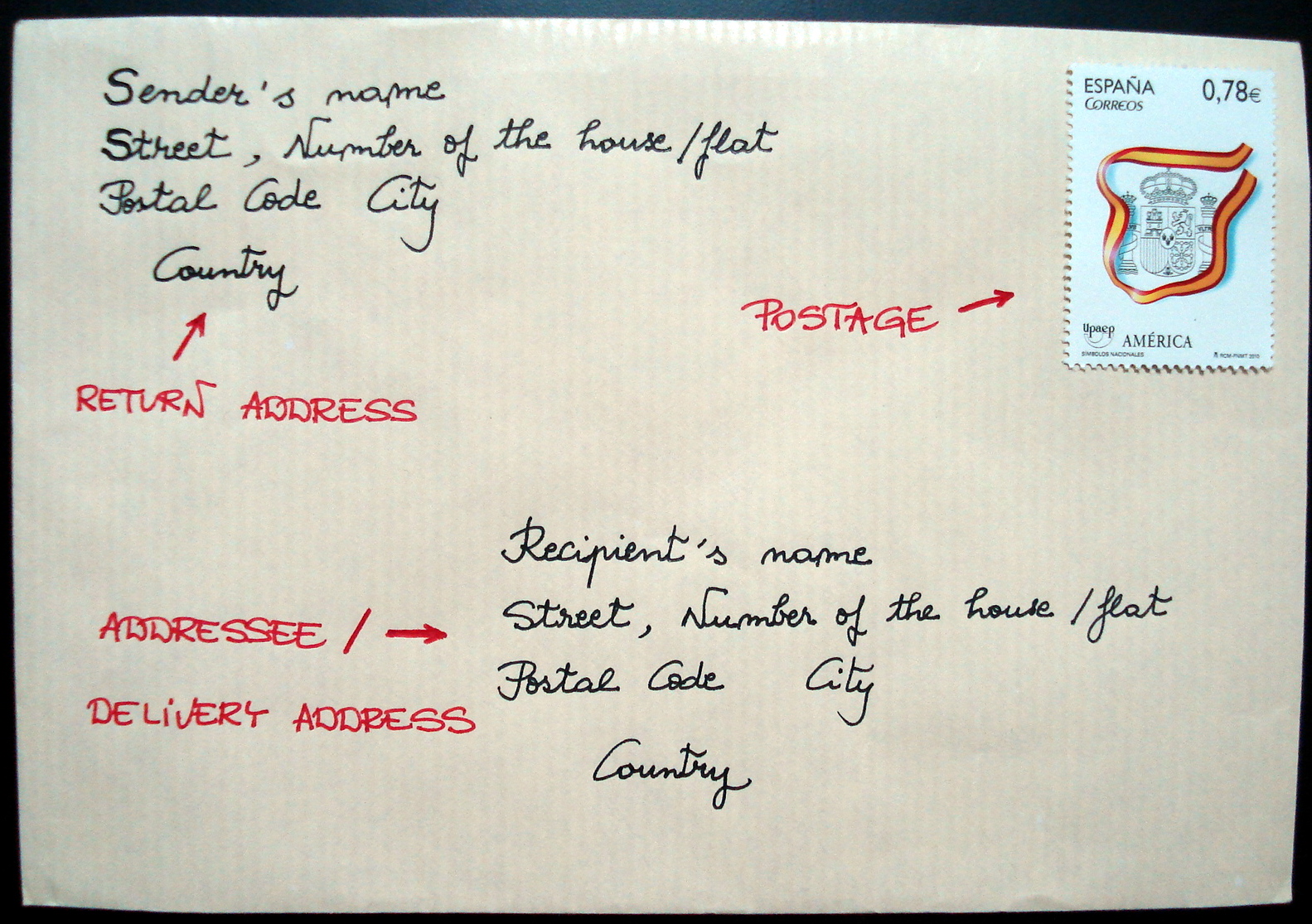Understanding how to write a UK address is essential for anyone living in or sending mail to the United Kingdom. An accurately formatted address ensures that your letters and parcels reach their intended destinations without delay. Whether you are a resident, a traveler, or a business looking to connect with clients in the UK, knowing the proper structure and format can save you time and frustration. In a country known for its historic streets and charming villages, the way we address our envelopes plays a vital role in maintaining the flow of communication. From London to Edinburgh, the UK has a unique addressing system that, when mastered, can simplify your mailing experience.
In this article, we will explore the intricacies of how to write a UK address, detailing the components needed for clarity and correctness. We will walk you through the standard format, the specific terminology you should use, and share tips for ensuring your address is error-free. Understanding how to write a UK address is not just about following rules; it’s about connecting with people across this diverse nation.
By the end of this guide, you will have the confidence to write any UK address correctly, whether it’s for a postcard, a business letter, or a package. Join us as we delve into the world of UK addresses and unlock the secrets of effective communication in this vibrant country.
What Are the Components of a UK Address?
When learning how to write a UK address, it’s crucial to understand its components. A typical UK address consists of the following elements:
- Recipient's Name
- Street Address
- Locality (if applicable)
- Town/City
- County (optional)
- Postcode
- Country (if sending from abroad)
Each of these components plays an essential role in ensuring that your mail reaches its destination. Let's explore each element in greater detail.
How Should I Format the Recipient's Name?
The first line of your address should always include the name of the recipient. It can be a person or an organization. Here are some tips:
- For individuals, write the full name (e.g., John Smith).
- For businesses, include the company name (e.g., ABC Ltd).
- Use titles if appropriate (e.g., Dr., Mr., Mrs.).
What Is the Correct Way to Write the Street Address?
The street address should follow the recipient's name on the second line. Here’s how to write it correctly:
- Include the house number and street name (e.g., 123 High Street).
- If applicable, add any flat or apartment number (e.g., Flat 4B).
- Use abbreviations where necessary (e.g., Rd for Road, St for Street).
Is It Necessary to Include Locality?
While including a locality is not always required, it can help clarify the address, especially in areas with similar street names. If you are unsure, it’s better to include it. For example:
- Locality: "Park Area"
- Full Address: "John Smith, 123 High Street, Park Area, London."
How Do I Write the Town or City?
The town or city is the next component of a UK address. It should be written on the line following the street address or locality. Here are some tips:
- Write the town or city name in full (e.g., London, Manchester).
- Capitalize the first letter of each word.
Should I Include the County?
Including the county is optional, but it can be beneficial, especially when sending mail to smaller towns. To include the county:
- Write it on the line after the town or city.
- Examples: "Greater London," "West Yorkshire."
What Is the Importance of the Postcode?
The postcode is a crucial part of any UK address, as it helps postal workers identify the precise location for delivery. Here’s how to use postcodes:
- Postcodes typically consist of two parts: the outward code and the inward code (e.g., SW1A 1AA).
- Always write the postcode in capital letters.
Do I Need to Include the Country When Mailing Internationally?
If you are sending mail from outside the UK, it is essential to include the country name. Write “United Kingdom” on the last line of the address. For example:
John Smith
123 High Street
London
SW1A 1AA
United Kingdom
What Are Some Common Mistakes to Avoid?
When learning how to write a UK address, it’s important to avoid common pitfalls:
- Incorrect spelling of street names or postcodes.
- Not including the postcode.
- Using the wrong format for the address components.
How Can I Ensure My Address Is Error-Free?
To ensure your UK address is error-free, consider the following tips:
- Double-check spelling and punctuation.
- Use online tools or postal services for address validation.
- Ask the recipient to confirm their address if possible.
In conclusion, knowing how to write a UK address correctly is an invaluable skill that can enhance your communication and ensure your mail reaches its destination without any issues. By following the outlined steps and avoiding common mistakes, you can master the art of addressing in the UK. Happy mailing!
Unveiling The Life Of AJ Hawk's Wife: A Journey Of Love And Partnership
Lamine Yamal: The Rising Star Of Football
Unveiling The Strength Behind The Champion: David Benavidez Mother

How to Address an Envelope UK UK Address Format, Examples, and

How to Write Address UK

How To Write A Address On Letter